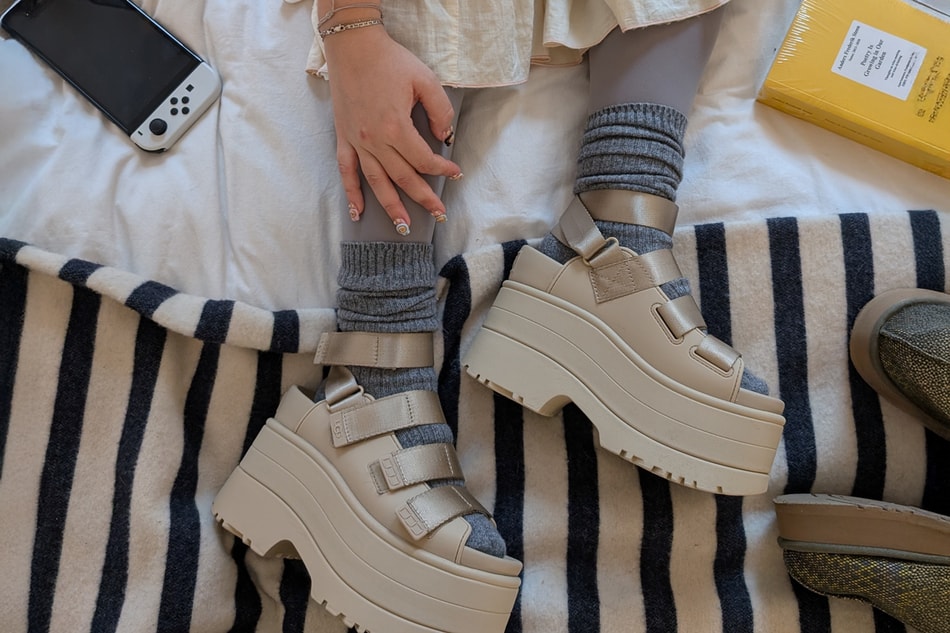Renowned Architect Kengo Kuma Designs a Modern Alternative to LEGO
Back to (triangular) basics.
LEGO was a simple affair when it was first released in 1949, involving basic interlocking blocks in primary colors, but the LEGO of 2016 has morphed into something more complicated than can be imagined — 600 billion LEGO pieces had been produced by July of last year. To tackle this, prolific architect Kengo Kuma, who has replaced Zaha Hadid as the designer for the 2020 Tokyo Olympic Stadium, takes children’s building blocks back to basics with his Tsumiki (Japanese for “blocks”) cedar wedges, which are based on the most structurally sound and strongest shape — the triangle. Teaming up with forest conservation group More Trees, the complex structures as seen above are made possible by the triangular notches cut into the pieces, which are an excellent medium through which to teach aspiring toddler architects about radial and tangent trussing. Tsumiki can be bought online here in sets of 13 pieces for ¥8,424 JPY (approximately $74 USD).








